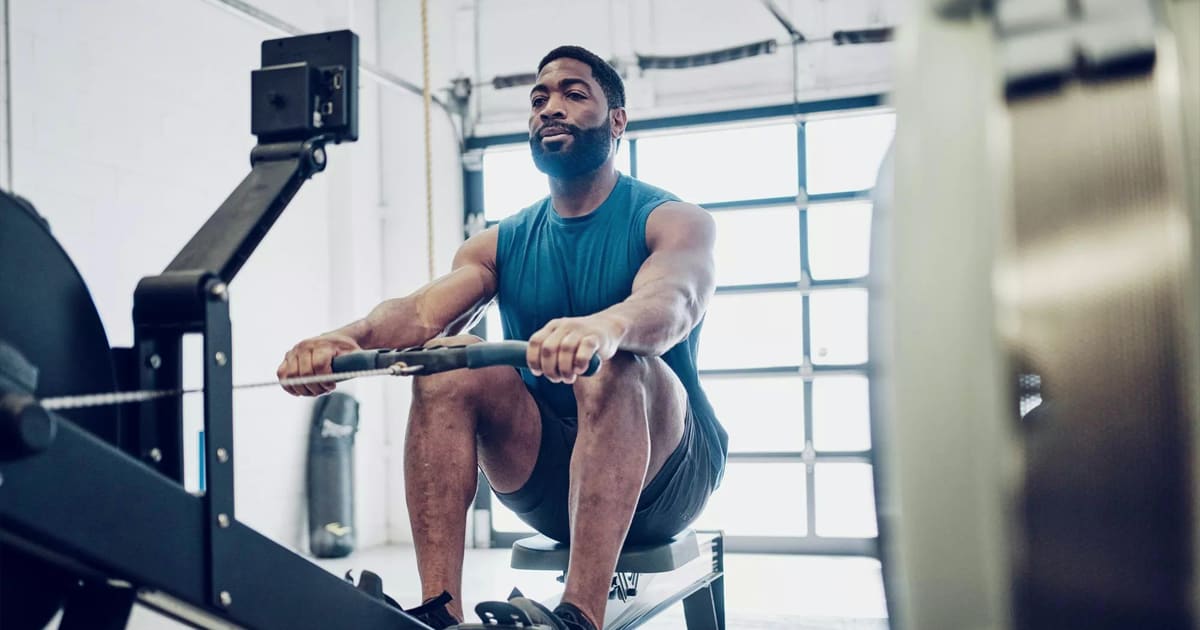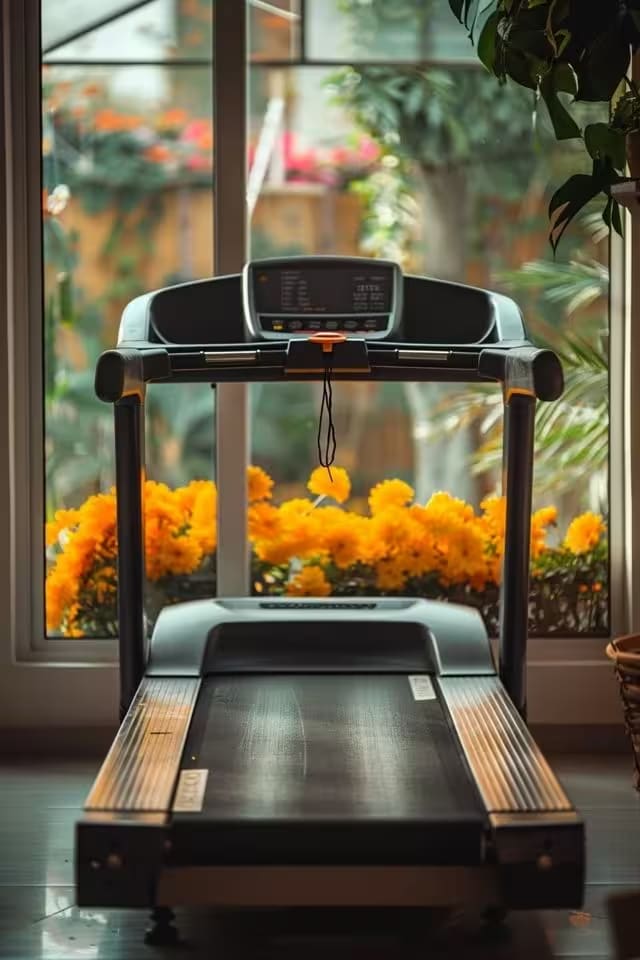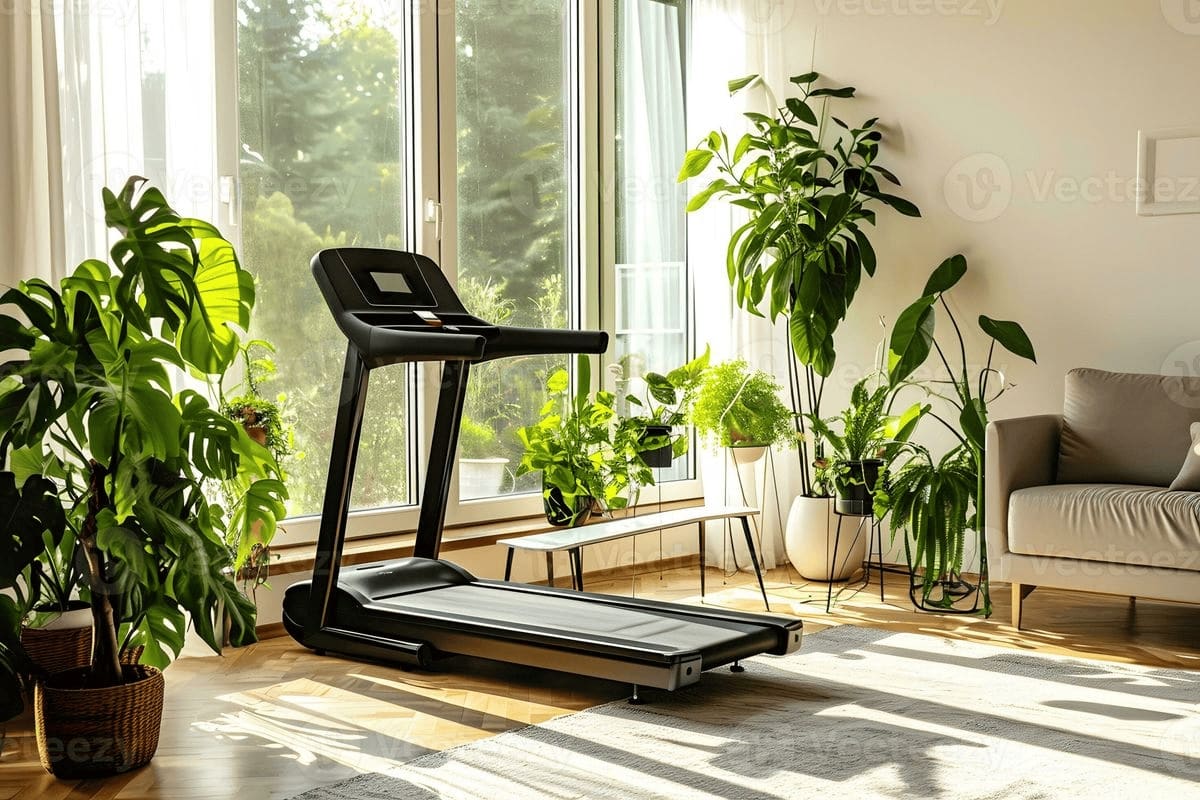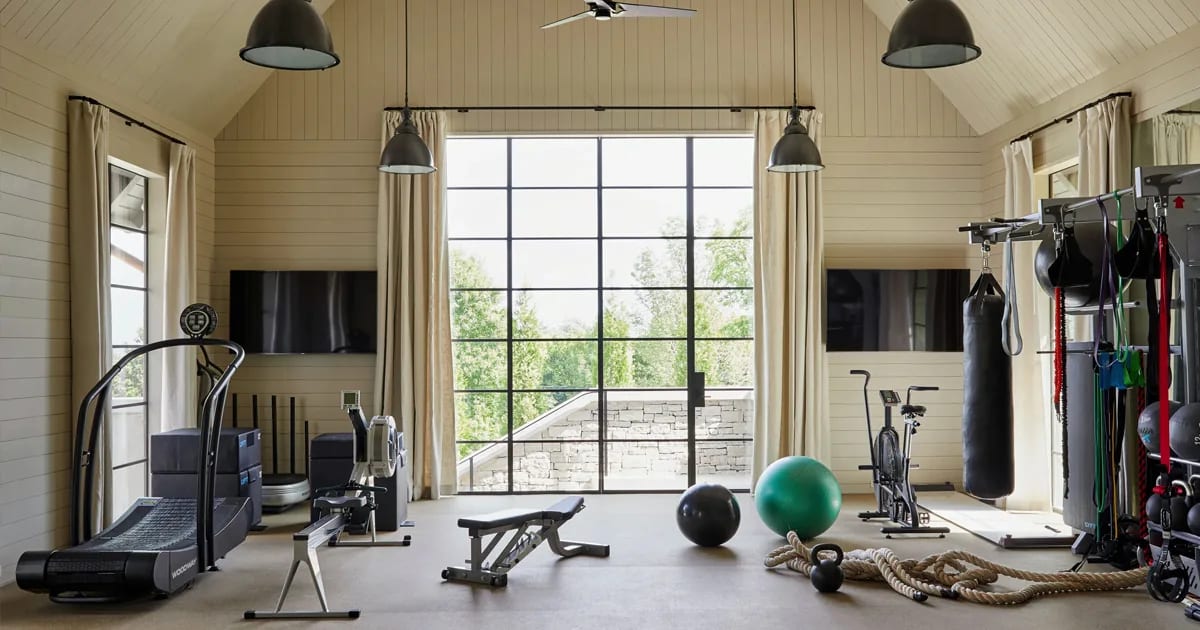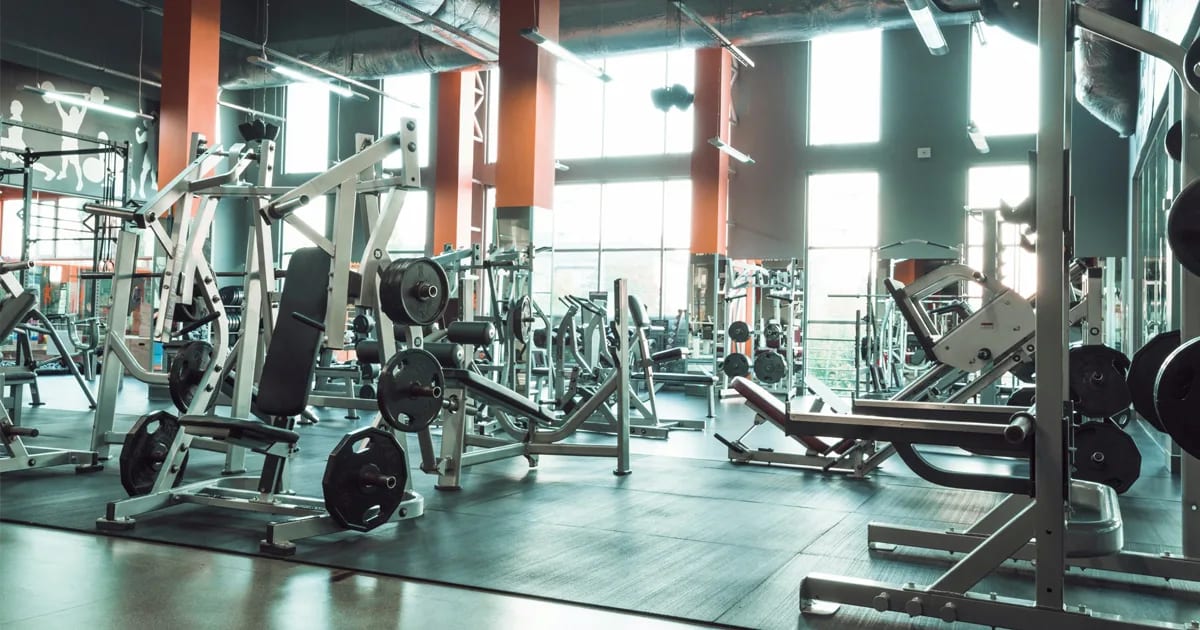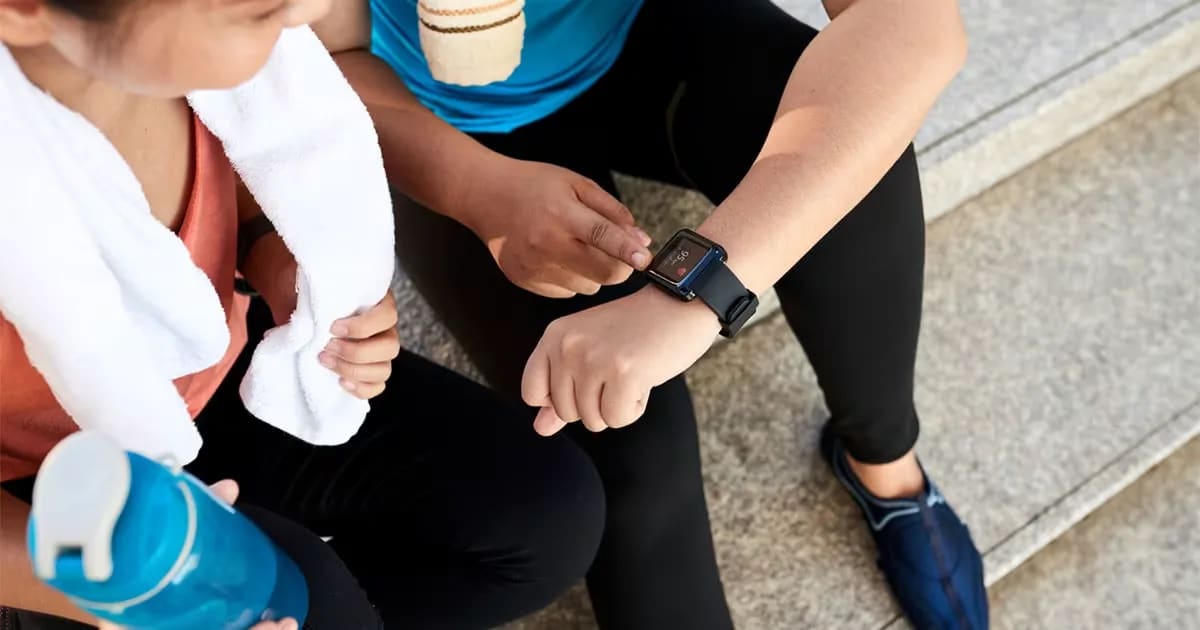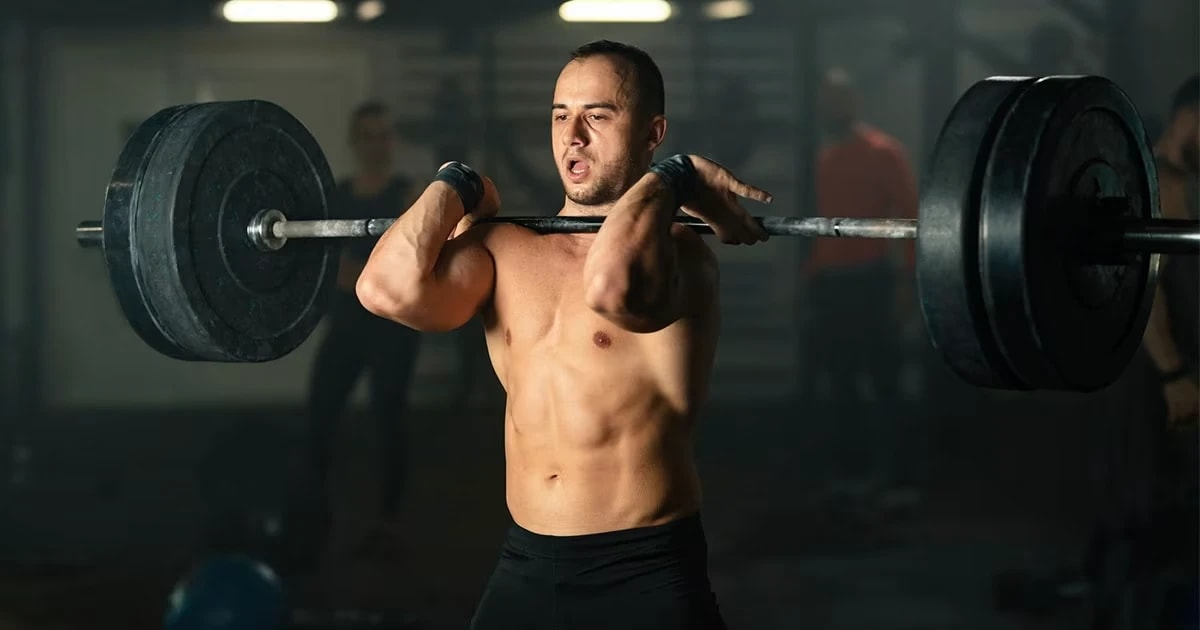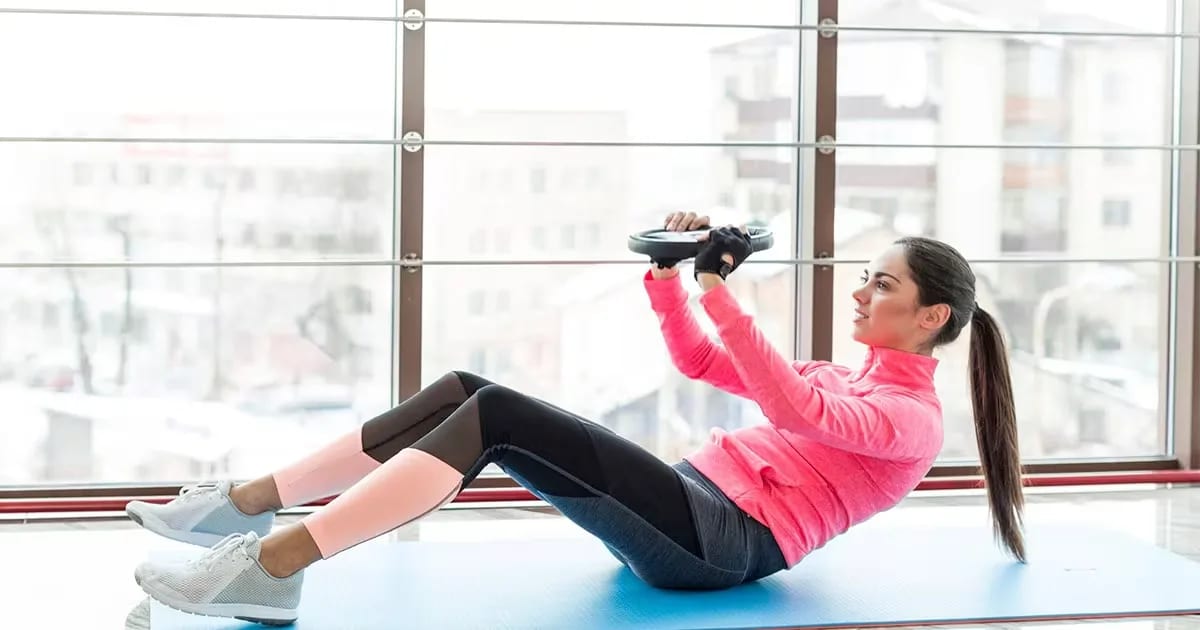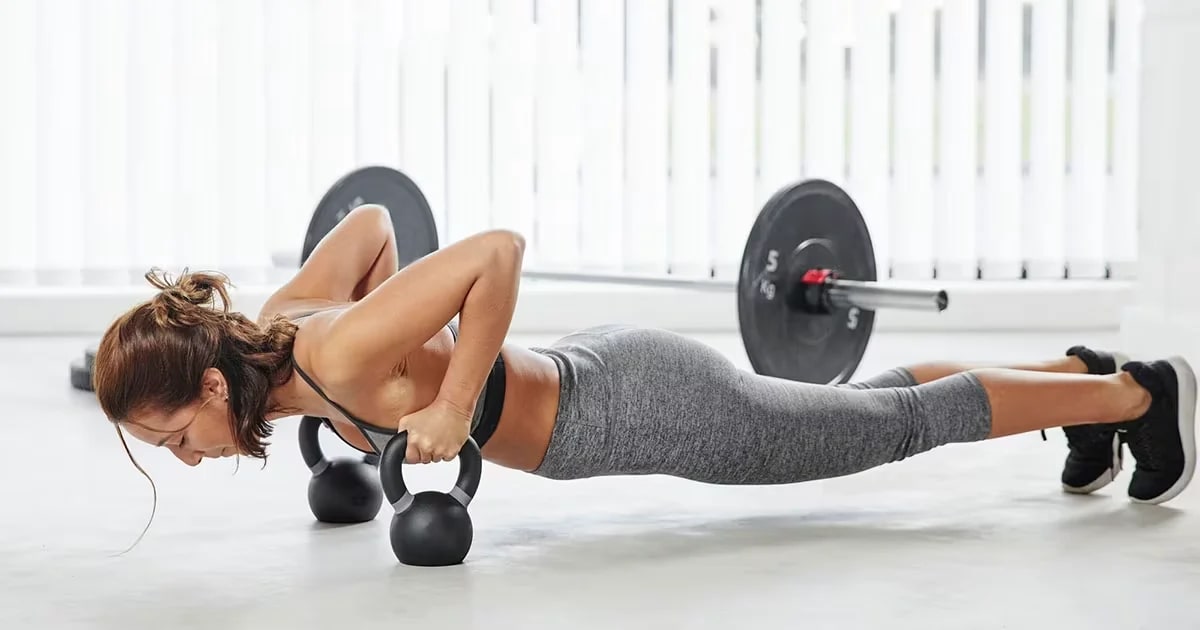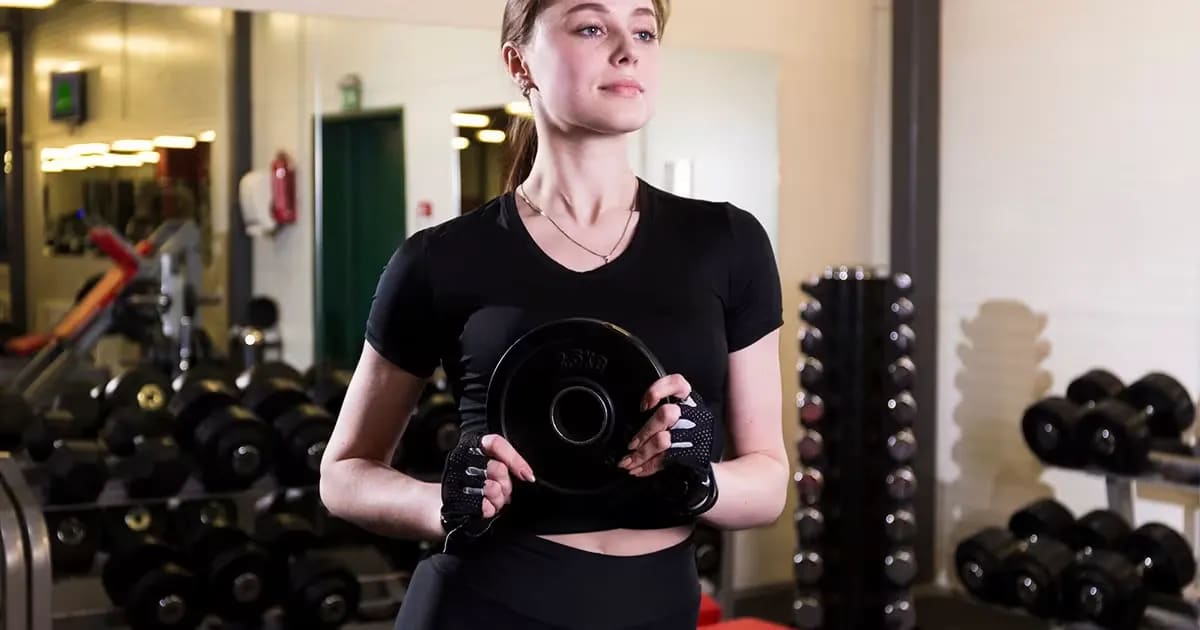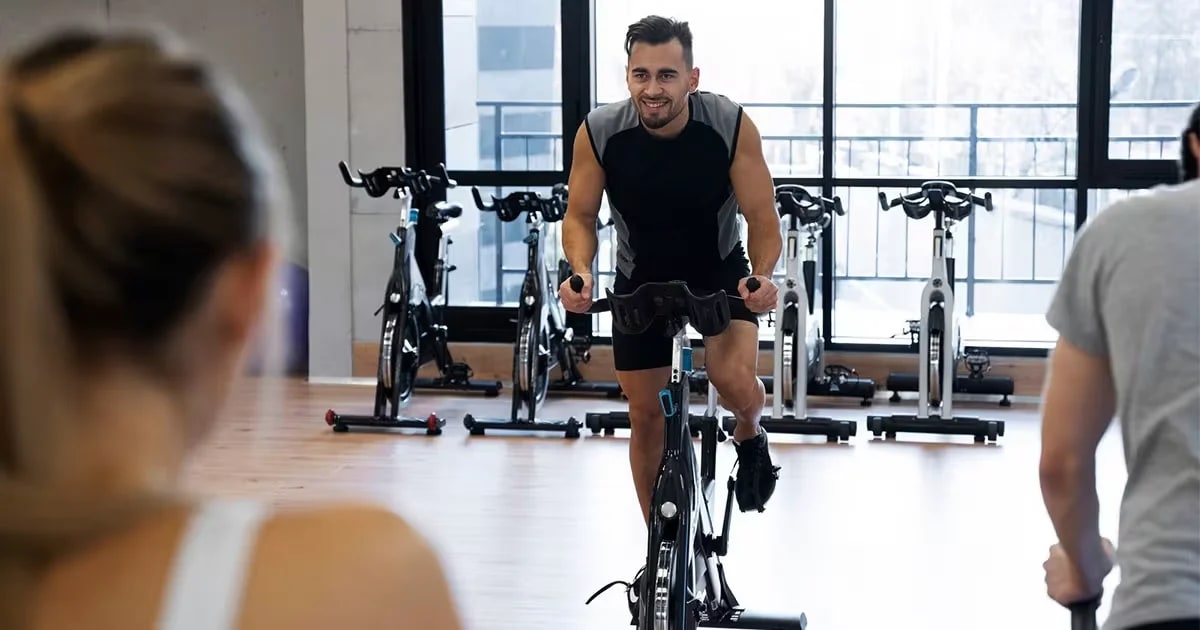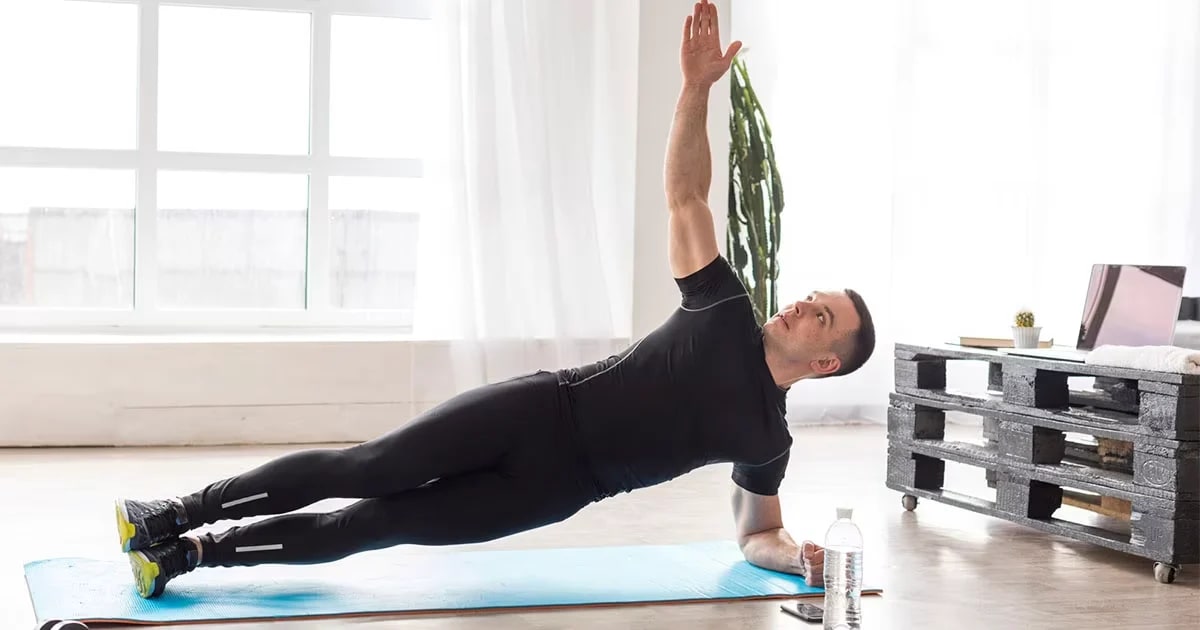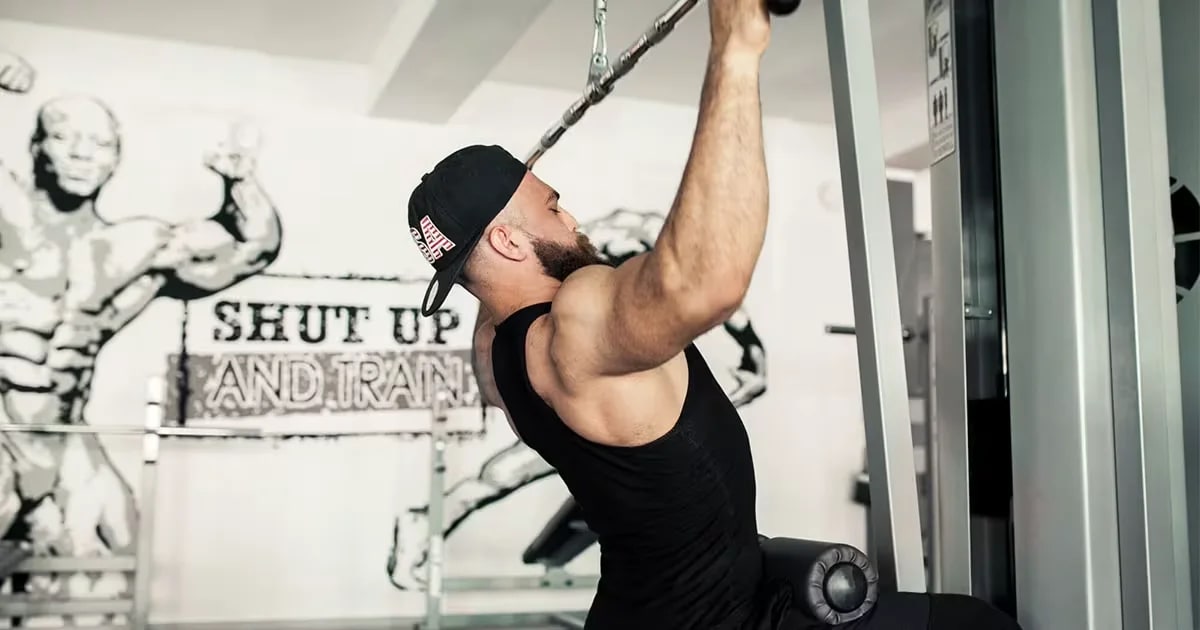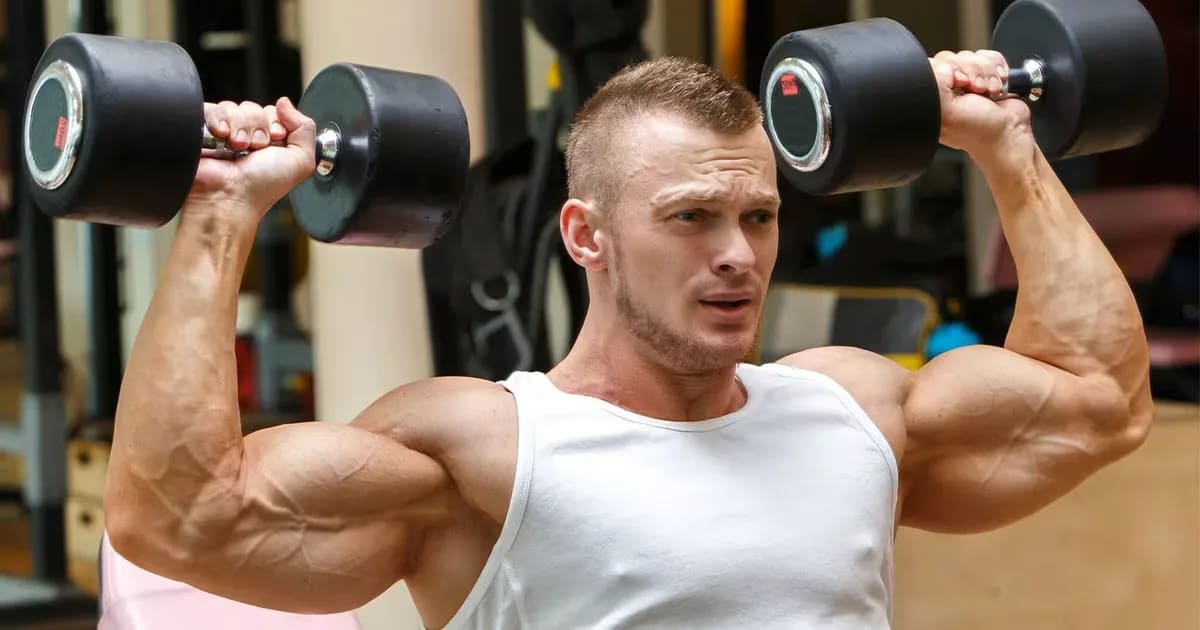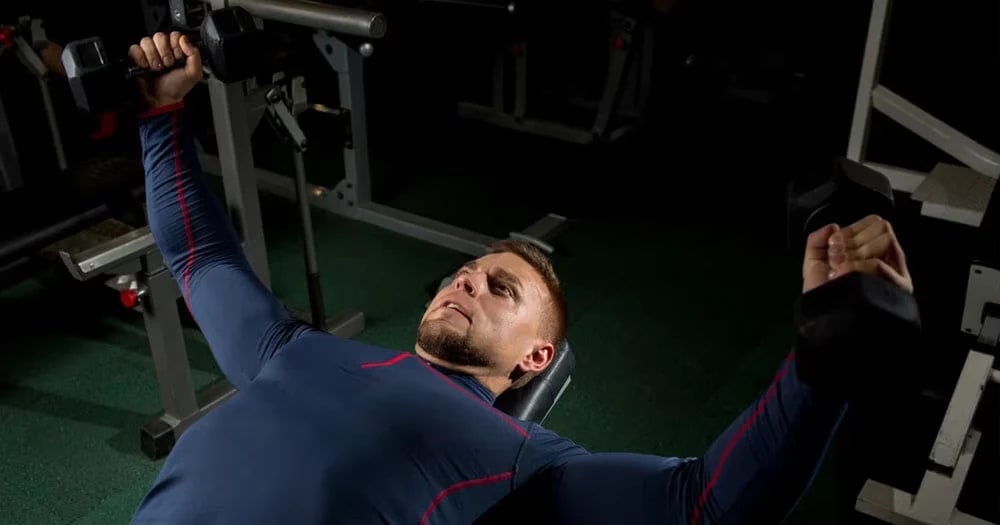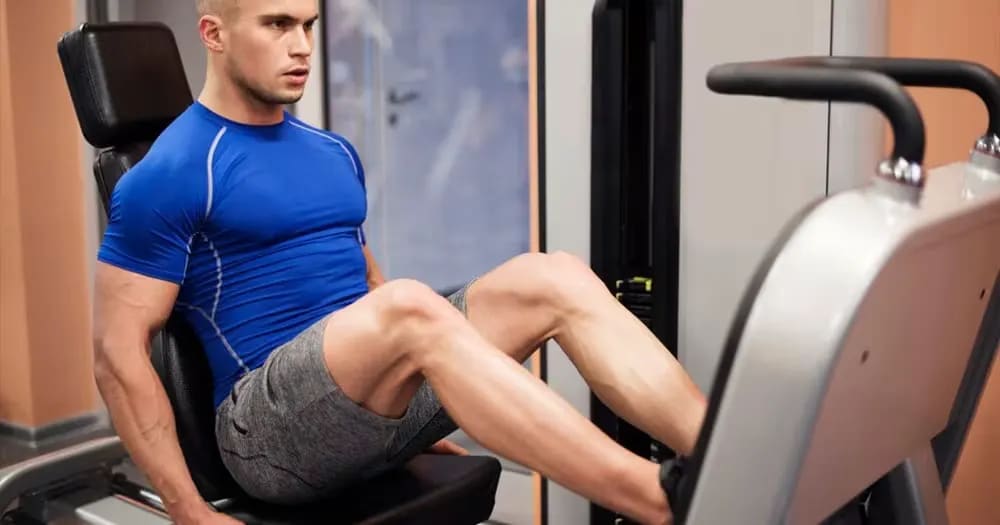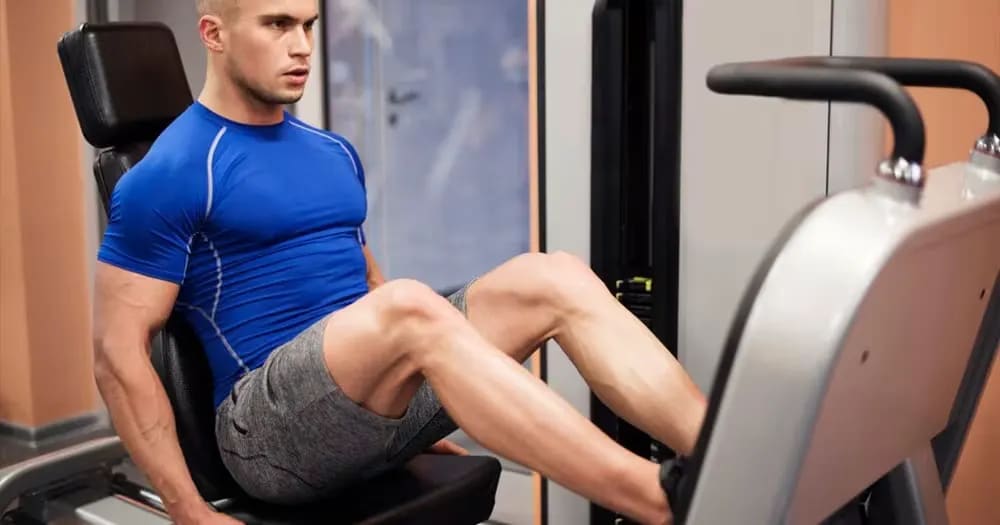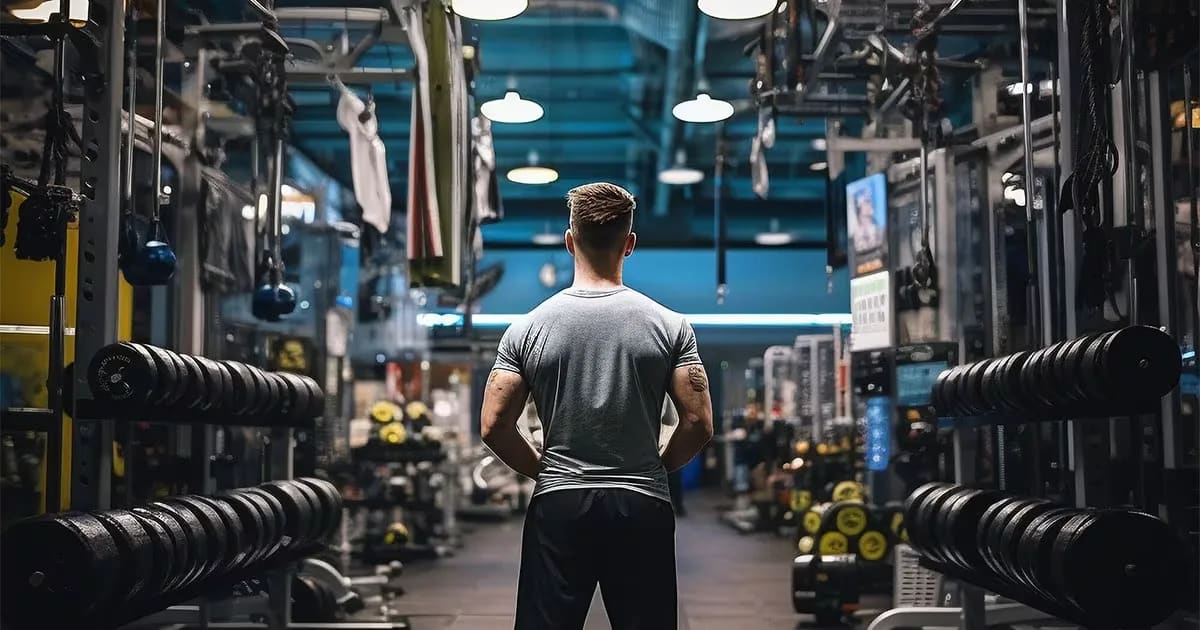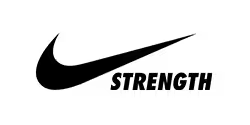Row Smarter: 7 Factors to Pick the Best Rowing Machine in Saudi Arabia
A rowing machine is a piece of exercise equipment that simulates the act of rowing a boat. It typically consists of a sliding seat, a set of handlebars, and a flywheel that provides resistance. The user sits on the sliding seat and uses their legs, back, and arms to pull on the handlebars, causing the seat to slide back and forth. The flywheel provides resistance, making the rowing motion more challenging.
Rowing machine is an core workout equipment used in commercial fitness spaces and widely preferred home gym equipment. However, everything can go wrong with the wrong choice of rowing machine.
Rowing machines can be a great addition to a home gym or fitness routine. They provide a good impact cardio workout that can help improve endurance, strength, and flexibility. The favourable part of the equipment is that people with joint issues can also consider rowing machines, while such an equipment with intense cardio level is never considered for joint points, the rowing machine stands as a unique prospect. The Mechanism of rowing motion places is architected in a way that it places less stress on the knees and ankles compared to activities like running, delivering high impact with minimal effort.
Read: How Rowing Machine helps senior citizens improving heart health
If you are looking to buy a rowing machine OMAN, here's a detailed guide to lean !
What Should You Look For In A Rowing Machine?
When shopping for a rowing machine, there are a few key factors to consider:
- Resistance type: Rowing machines can use different types of resistance. This includes air, water, magnetic, and hydraulic resistance. Each type has its pros and cons, so it's important to consider which one will best meet your needs..
- Size and storage: Consider the size of the rowing machine and whether it will fit in the space you have available for it. If you have limited space, use foldable model rowing machines.
- Comfort: Look for a rowing machine with a comfortable seat and handle. Find a machine that is comfortable to use, especially if you plan on using it frequently.
- Quality: Look for a rowing machine that is made with high-quality materials and is built to last. You want a machine that is sturdy and can withstand regular use.
- Warranty: Consider the warranty offered by the manufacturer. A longer warranty can provide peace of mind and protection in case something goes wrong with the machine.
Step by step guide When shopping for a rowing machine:
- Determine your budget: Rowing machines can range in price from under 2,026 SAR and above. Decide how much you are willing to spend on a rowing machine and use that as a starting point for your search.
- Consider your needs: Think about your goals and what you expect to get from using a rowing machine. Do you want a machine that provides a high level of resistance? These factors can help you narrow down your options.
- Research different brands and models: Look for rowing machines from reputable brands and compare different models. Find the one that offers the features you want at a price you're willing to pay.
- Read customer reviews: Customer reviews can be a valuable resource when shopping for a rowing machine. Look for reviews from people who have used the machine for an extended period. Consider both positive and negative reviews to get a well-rounded understanding of the machine's performance.
- Consider the warranty: Look for a rowing machine that comes with a good warranty. A longer warranty can provide peace of mind and protection in case something goes wrong with the machine.
- Test it out: If possible, try out the rowing machine in person before making a purchase. This can help you get a feel for the machine and ensure that it is comfortable and easy to use.
- Buy from a reputable retailer: Look for a retailer with a good reputation and customer service record. This can provide peace of mind and make resolving any issues that may arise with the machine easier.
Rowing machine benefits:
Rowing machines offer several benefits for both physical and mental health. Some of the benefits of using a rowing machine include the following:
- Cardio exercise: Rowing is a low-impact form of exercise. It can help improve cardio fitness and increase the strength of the heart and lungs.
- Full-body workout: Rowing works multiple muscle groups at once, including the legs, arms, back, and core. This makes it a great option for a full-body workout.
- Low impact: Unlike high-impact exercises like running or jumping, rowing is a low-impact exercise. Rowing puts less strain on the joints. This makes it a good option for people with joint issues or who are recovering from injuries.
- Stress relief: Exercise has a positive impact on mental health too. Rowing is no exception. The rhythmic nature of rowing can be relaxing and help reduce stress and anxiety.
- Weight loss: Rowing can be an effective tool for weight loss, as it burns calories and can help build muscle mass.
- Convenience: Since one can use rowing machines at home or the gym, they are a good workout option. This makes it easier to fit exercise into a busy schedule.
- Variety: Rowing machines come with a range of resistance levels and workout programs. Choosing accordingly can make workouts interesting and prevent boredom.
How much should you expect to pay for a rowing machine?
The rowing machine's price range might vary depending on the quality and features of the machine. Considering buying rowing machine Saudi Arabia? Here are some general price ranges you might expect to see:
- Entry-level rowing machines: These are the most affordable option, with prices starting at around 2,026 SAR. These machines may not have as many features as the expensive models, and may not be as durable. But they can still provide a good workout.
- Mid-range rowing machines: These machines usually cost between 2,552 SAR – 3,745 SAR. They offer a good balance of features and quality. They may have more resistance levels, a larger variety of workout programs, and better build quality.
- High-end rowing machines: These machines are the most expensive options. Their prices start at around 3,711 SAR and can go up to 18,354 SAR. They use high-quality materials in the manufacture to offer a wider range of features. This includes connectivity to other devices or more advanced resistance systems.
- Ultimately, the right rowing machine for you will depend on your budget and the features you need. Finding a machine that fits your needs and is within your price range is important.
How much space do you need for a rowing machine?
The amount of space you need for a rowing machine or gym accessories, will depend on the size of the machine and the layout of your home or gym. Most rowing machines are quite long, with a typical length of about 8 feet. In addition to the length, you'll also need to allow for enough space to fully extend your arms and legs while using the machine.
As a general rule, you should allow for at least a few feet of space on either side and at the back of the machine. This allows proper movement while rowing.
If you plan to use the machine in a small space, you may want to consider a foldable model. You can easily fold and store the machine when it's not in use. These models are typically smaller and more compact, making them a good option for limited space.
Key rowing machine features and essential specifications:
Here are some key features and essential specifications to consider when you are to buy a rowing machine Dubai:
- Resistance type: Rowing machines can use different types of resistance. This covers air resistance, water resistance, magnetic resistance, and hydraulic resistance. Each type has its pros and cons, so it's important to consider which one will best meet your needs.
- Resistance levels: Look for a rowing machine with a range of resistance levels. So, you can adjust the intensity of your workout as needed.
- Seat comfort: A comfortable seat is important, especially if you plan on using the rowing machine for long periods. Look for a machine with a padded seat and smooth gliding action.
- Handle design: The handle should be comfortable to grip and easy to hold onto for the duration of your workout. Look for a machine with an ergonomic handle design.
- Display: A display screen can help track your progress and monitor your workout. Look for a machine with a clear, easy-to-read display.
- Workout programs: Some rowing machines come with pre-designed workout programs to help make your workouts interesting and varied.
- Build quality: Look for the quality of materials used to make the machine. Material quality decides the durability.
- Warranty: Consider the warranty offered by the manufacturer. A longer warranty can provide peace of mind and protection in case something goes wrong with the machine.
Check Out: Men's 2000m Final - 2025 World Rowing Indoor Championships, presented by Concept2
Popular types of rowing machines:
Several types of rowing machines are available on the market, each with its unique features and benefits. Here are some popular types of rowing machines:
- Air resistance rowing machines: These machines use a fan to create resistance. With the increasing resistance, the user rows harder. These machines tend to be noisy and may not be as smooth as other kinds of machines, but they can provide a challenging workout.
- Water resistance rowing machines: These machines create resistance with a water flywheel, which increases as you row harder. These machines are quieter than air resistance models, offer a more realistic rowing experience, but often cost more.
- Magnetic resistance rowing machines: These machines create resistance with magnets, which you can adjust using a dial or buttons. These machines are typically quieter than air or water resistance machines and can provide a smooth, quiet workout.
- Hydraulic resistance rowing machines: These machines create resistance with hydraulic cylinders. You can adjust the resistance using a dial or buttons. These machines are typically more compact and portable than other types of machines, making them a good option for small spaces. However, they may not provide as much resistance as other types of machines.
Overall, the best type of rowing machine for you will depend on your personal preferences and needs. Consider the type of resistance, price, and other features to find the machine that is the best fit for you.
Click To view: Concept2 Rowerg with PM5 Monitor Starting from 4,947 SAR
How to use a rowing machine?
Using a rowing machine is a great way to get a full-body workout and improve cardio fitness. Here are the basic steps for using a rowing machine:
- Adjust the seat and foot pedals: Start by adjusting the seat and foot pedals to a comfortable position. The seat should be at a level where your knees are slightly bent when your feet are on the pedals.
- Grip the handle: Hold onto the handle with an overhand grip, keeping your hands about shoulder-width apart.
- Start rowing: Begin by pushing off with your legs and pulling the handle towards your chest. As you do this, straighten your legs and lean back slightly. This is the "drive" phase of the stroke.
- Finish the stroke: At the end of the stroke, allow the handle to return to its starting position and bend your knees as you lean forward. This is the "recovery" phase of the stroke.
- Repeat: Continue alternating between the drive and recovery phases to complete a full stroke.
Maintain good form while using a rowing machine to avoid injury and get the most out of your workout. Be sure to keep your core engaged, maintain a straight back, and use your legs to initiate each stroke. Start with a lower resistance level and gradually increase it as you get more comfortable with the movement.

